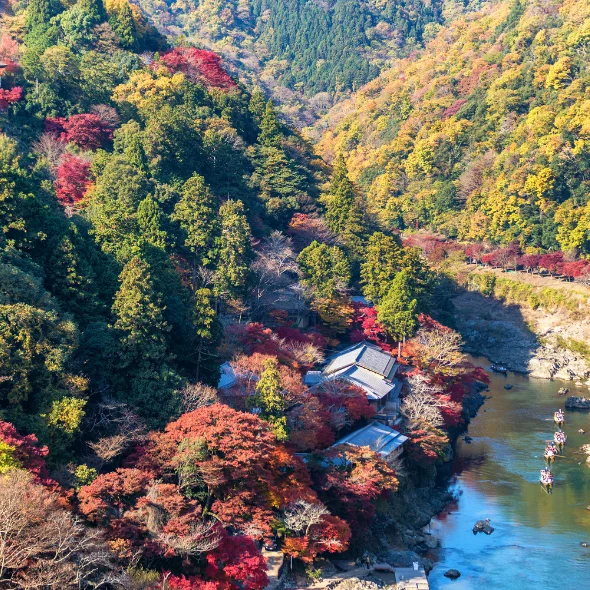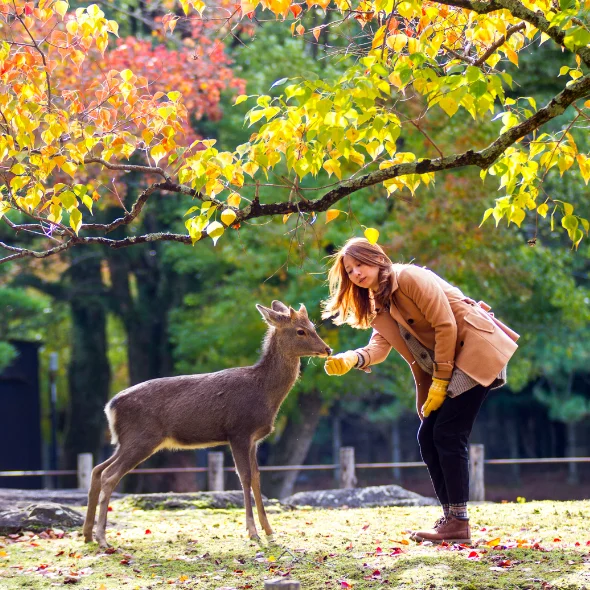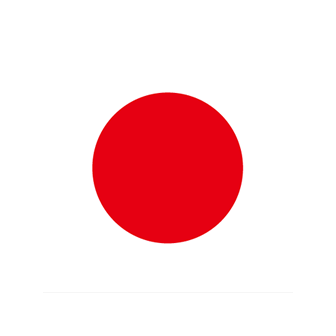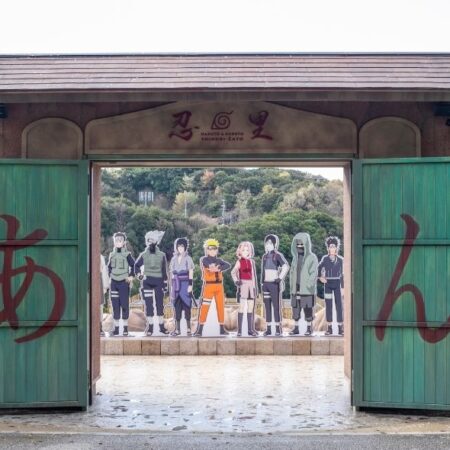Japan in autumn is nothing short of a visual feast. As the summer heat wanes and the crisp air of fall sets in, the country transforms into a kaleidoscope of red, orange, and yellow hues. Let’s discover the charm of autumn in Japan in 2024.
Table of Contents
Why Autumn Leaves are Popular

Autumn is one of the most popular times to visit Japan, and for good reason. The season offers a harmonious blend of comfortable weather, outstanding scenery, and cultural experiences. Unlike the hot, humid summer or the cold winter months, autumn in Japan typically brings mild temperatures, making it ideal for outdoor activities and travel.
From koyo (紅葉 red foliage) viewing to savoring seasonal delicacies, autumn is when Japan’s natural beauty and rich culture shine the brightest.
Koyo, the phenomenon of autumn leaves changing color, attracts both locals and tourists alike, as entire regions are blanketed in vibrant colors, from the northern island of Hokkaido to the southern reaches of Kyushu.
The beauty of koyo lies in the vibrant transformation of Japan’s diverse flora, particularly the maple trees (momiji) and ginkgo trees (icho), which turn stunning shades of red, orange, and yellow.
What makes it particularly enchanting is the cultural significance and the natural settings in which it occurs. Japan’s landscape is dotted with ancient temples, serene gardens, and picturesque mountains, all of which provide the perfect backdrop for the colorful display.
Autumn is a time of harvest in Japan, and the country’s culinary landscape comes alive with a variety of seasonal dishes featuring ingredients like chestnuts, persimmons, sweet potatoes, and mushrooms.
Popular autumn dishes include matsutake gohan (rice with matsutake mushrooms), yaki imo (roasted sweet potatoes), and grilled sanma (Pacific Saury) served with a side of grated daikon radish, each offering a taste of the season’s rich bounty.
Popular festivals and events celebrating the autumn harvest, such as the Nihonmatsu Chrysanthemum Dolls Festival and the Takayama Autumn Festival, further enhance the appeal of this season.
Autumn Foliage Spots in Japan

For those planning a trip to Japan in fall 2024, the season is expected to be as spectacular as ever. The autumn foliage season usually begins in mid-September in the northern regions, gradually moving southward until early December. According to predictions, the koyo season in 2024 will follow a similar pattern:
Hokkaido: Early October to late October
Tohoku region: Late October to mid November
Kanto region: Early November to late November
Kansai region: Early November to late November
Kyushu region: Late November to Early December
To fully experience the beauty of autumn in Japan, here are the top five recommended locations, each offering stunning views of koyo (autumn foliage) and unique cultural experiences. Below are the details on when to visit these places during their peak season. (Please note that peak seasons listed below for each area is a forecast at the time of writing. )
1. Hakone, Kanagawa Prefecture

Hakone, with its stunning views of Mount Fuji, hot springs, and scenic landscapes, is another prime spot for autumn leaf viewing. The area around Lake Ashi and the Hakone Open-Air Museum is particularly popular during this season. The mixture of vibrant foliage, art installations, and the iconic view of Mount Fuji creates a picturesque autumn experience in Japan.
Peak Season: Late October to Mid-November
2. Nikko, Tochigi Prefecture

Located just a few hours north of Tokyo, Nikko is one of Japan’s most famous autumn destinations in Japan. The town is home to the UNESCO World Heritage-listed Toshogu Shrine, which is surrounded by ancient cedar trees.
During autumn, the area becomes a sea of vibrant colors, with the backdrop of the historic shrine adding to the mystical atmosphere. Lake Chuzenji and the nearby Kegon Falls are also must-see spots for leaf-peeping, offering breathtaking views of autumn foliage reflected on the lake’s surface.
Peak season: Early October to late October
3. Arashiyama, Kyoto

Kyoto is a city that needs no introduction, and its autumn scenery is nothing short of iconic. Arashiyama, located on the outskirts of Kyoto, is particularly famous for its autumn colors. The area’s lush bamboo groves, historic temples, and the iconic Togetsukyo Bridge are framed by a fiery display of maple leaves.
The best way to experience Arashiyama in autumn is by taking a scenic boat ride down the Hozu River or strolling through the Sagano Bamboo Forest, where you can enjoy the contrast of the green bamboo against the vibrant red leaves.
Peak season: Late November
4. Fuji Five Lakes, Yamanashi Prefecture

The Fuji Five Lakes region offers some of the best views of Mount Fuji, and autumn is one of the best times to visit. The area is famous for its panoramic views of the iconic mountain, framed by colorful foliage.
Lake Kawaguchi, in particular, is a popular spot for photographers, with the reflection of Mount Fuji on the lake’s surface creating a postcard-perfect scene. The area also hosts the annual Fuji Kawaguchiko Autumn Leaves Festival, where visitors can enjoy food stalls, traditional performances, and illuminated night views of the autumn leaves.
Peak season: Late October to mid-November
5. Nara Park, Nara Prefecture

Nara Park, famous for its freely roaming deer, offers a unique autumn experience where nature and history intertwine. The park is home to ancient temples like Todai-ji and Kasuga Taisha, which are surrounded by trees that turn brilliant shades of red, orange, and yellow. The combination of autumn leaves, historic buildings, and friendly deer makes Nara Park a magical destination during autumn in Japan.
Peak Season: Late November to Early December
6. Awaji Island, Hyogo Prefecture

Awaji Island, located in the Seto Inland Sea, is an underrated gem for experiencing autumn in Japan. The island seamlessly blends natural beauty with cultural heritage, offering stunning seasonal views at locations like Awaji Hanasajiki Flower Park and the Awaji Yumebutai complex, designed by the renowned architect Tadao Ando.

Beyond its scenic landscapes, Awaji Island is also celebrated for its autumn culinary offerings. The island’s seasonal ingredients truly shine in limited-time dishes, showcasing the rich flavors of autumn. If you ever have the chance to try dishes featuring Ebisu sea bream, Awaji sweet potatoes, or figs during this season, you’ll understand why the island’s autumn cuisine is so highly praised.
Peak Season: Early to Mid-November
Summary
We introduced why autumn leaves are so popular in Japan and popular spots to see them. Please come visit Japan and enjoy the autumn leaves.
Each region offers its unique charm during the autumn months, with certain areas being particularly renowned for their koyo displays. It’s advisable to plan your trip according to these peak periods to experience Japan’s autumn foliage at its finest.















